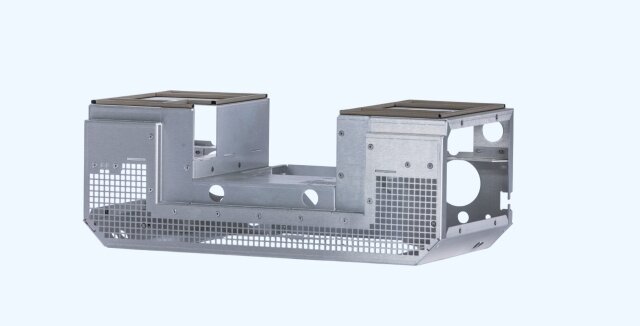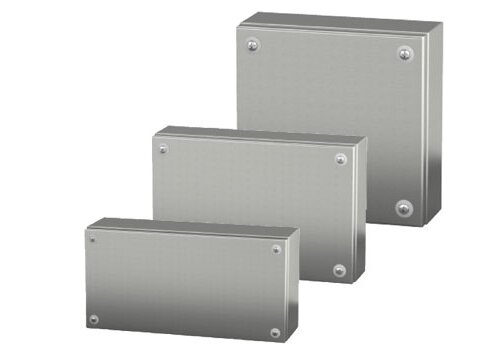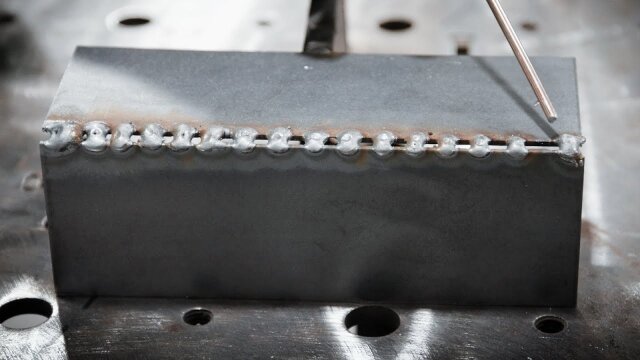Many industries struggle with keeping materials strong and lasting over time. Metals and structures often face corrosion, fading, and damage from weather, which shortens their life. PVDF coating offers a reliable way to prevent these problems. It adds a protective layer that improves resistance to tough conditions while keeping the color and surface looking good for many years.
PVDF coating is more than just surface protection. It combines strength, flexibility, and a lasting finish, making it a trusted choice for industries that need durability and performance. Let’s look at what makes it work so well.
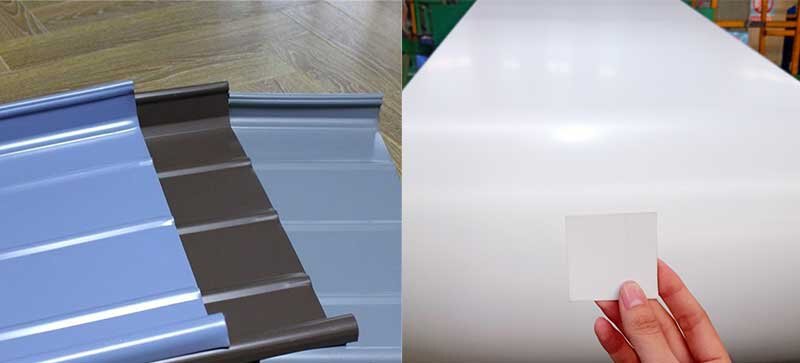
What is PVDF Coating?
PVDF coating is a high-performance protective layer made from polyvinylidene fluoride resin. It is known for excellent weather resistance, chemical resistance, and color retention. It protects surfaces against corrosion, UV rays, and abrasion.
Industries use PVDF mainly because it combines strength with long-term stability. Unlike standard paints, it does not break down under sunlight or harsh weather. It keeps its color and gloss for decades, so it is often chosen for building panels, roofing, and exterior components.
How Does PVDF Coating Work?
PVDF coating works through a layered system that builds strong adhesion, durability, and lasting protection. Each layer clearly helps the surface resist weather, chemicals, and physical wear.
Step 1: Surface Preparation
The process starts with preparing the base material. The surface is cleaned to remove oil, dirt, and other unwanted substances. In many cases, it is also roughened through blasting or chemical treatment. This step makes the surface better suited for bonding with the coating.
Step 2: Primer
A primer layer is then applied. The primer acts as a bridge between the material and the PVDF layers. It improves adhesion and adds protection against corrosion. Some primers include special additives that help prevent rust.
Step 3: PVDF Top Coating
The PVDF top coat is the main protective layer. It combines resin with pigments. The pigments keep the color stable and protect against UV light. The resin forms a dense film that blocks chemicals, sunlight, and abrasion.
Step 4: PVDF Clear Coating
In many cases, a clear coat is added as the final layer. This transparent film boosts gloss and provides another shield against scratches and fading. It also locks in the pigments, helping the surface keep its look and performance for decades.
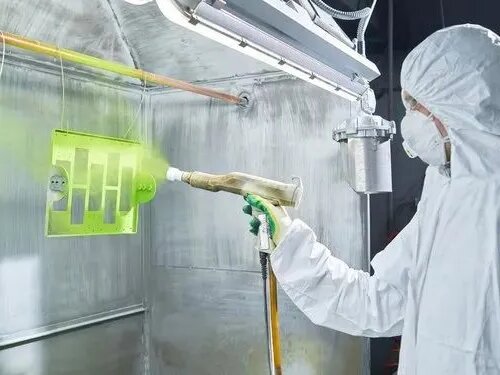
Properties of PVDF Coating
PVDF coating is known for its balanced physical and chemical traits. These qualities allow it to perform well in tough environments and extend the lifespan of coated products.
Durability and Longevity
PVDF coatings are made to last. The resin contains strong carbon–fluorine bonds that create a stable structure. This stability keeps the coating from breaking down easily, so it can stay in good condition for decades without major fading, cracking, or peeling.
Resistance to Chemicals and Corrosion
One of PVDF’s key advantages is its resistance to chemical damage. It stands well against acids, bases, salts, and many industrial solvents. At the same time, it protects metals from corrosion by forming a barrier that blocks moisture and other corrosive elements.
Weather and UV Resistance
PVDF is highly reliable in outdoor environments. Its structure protects against ultraviolet rays, which often cause coatings to degrade. It also withstands rain, wind, and wide temperature changes without chalking or fading. This is why buildings and equipment with PVDF coatings keep their color and gloss even in severe climates.
Mechanical Strength and Flexibility
PVDF coatings provide both toughness and flexibility. The surface resists scratches and wear while allowing movement with the base material. This flexibility prevents cracking when the substrate expands or contracts under heat or stress.
Benefits of Using PVDF Coating
PVDF coating does more than protect the surface. Its properties give industries real advantages that help extend product life, cut costs, and improve overall performance.
Extended Service Life of Components
PVDF creates a strong barrier that slows wear, corrosion, and damage from weather. This protection extends the lifespan of metals, panels, and structural parts. In fields like construction and manufacturing, this means fewer replacements and longer use of key materials.
Reduced Maintenance Costs
Since PVDF resists dirt, chemicals, and weather damage, coated surfaces need less cleaning and repair. Maintenance work can be done less often, saving both time and labor. For industries with large equipment or wide building surfaces, this leads to big cost savings.
Aesthetic Appeal and Color Retention
PVDF coatings hold their gloss and color even after years outdoors. They resist fading and chalking from UV exposure, keeping surfaces bright and clean. This means a consistent appearance over decades without frequent repainting for architectural designs and building exteriors.
Sustainability and Environmental Considerations
PVDF lasts longer than many other coatings, which helps reduce waste from constant replacements. Its smooth finish also makes cleaning easier and requires fewer strong chemicals. In addition, some modern PVDF systems are made with lower emissions, adding value for projects focused on sustainability.
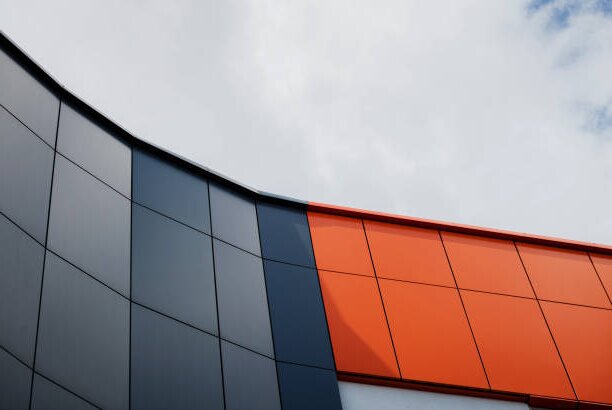
Applications of PVDF Coating
PVDF coating is used in many industries where long-lasting protection and stability are important. Its balance of strength, resistance, and appearance makes it suitable for both functional and visual purposes.
Architecture
PVDF coatings are commonly applied to building panels, roofing, and exterior facades in architecture. The coating resists fading, chalking, and corrosion, helping buildings keep their appearance for decades. Because it holds color and gloss so well, PVDF is often chosen for skyscrapers, airports, and commercial buildings where both durability and design matter.
Chemical Processing Equipment
PVDF is highly resistant to acids, bases, and solvents, making it a good choice for chemical plants’ tanks, pipes, and equipment. It protects metals from corrosion and helps prevent leaks that could interrupt production. The coating also withstands repeated cleaning, which extends the service life of equipment exposed to harsh chemicals.
Electronics Industry
In electronics, PVDF coatings are used for parts that need insulation, chemical resistance, and moisture protection. They are applied to wires, sensors, and housings. PVDF also has dielectric properties, which make it useful for devices that require dependable electrical insulation in demanding conditions.
Comparing PVDF and Powder Coatings
PVDF coatings are based on polyvinylidene fluoride resin and provide excellent resistance to weather, chemicals, and UV light. They are often chosen for outdoor use where surfaces face sunlight, moisture, and temperature changes.
Powder coatings are applied as a dry powder and cured with heat. They offer strong mechanical strength, good abrasion resistance, and are easier to use than PVDF. They also come in a wide range of colors and finishes. However, powder coatings do not perform as well as PVDF in terms of UV resistance and gloss retention, which can cause surfaces to fade more quickly outdoors.
In short, PVDF is the better choice when projects require long-term durability, weather protection, and stable color over decades. Powder coatings are a good fit for indoor products, equipment, or projects where a tough and cost-effective finish is needed but exposure to harsh outdoor conditions is limited.
Conclusion
PVDF coating is a durable and reliable solution that offers strong resistance to chemicals, corrosion, UV rays, and harsh weather. Its balance of strength, flexibility, and long-lasting color retention makes it ideal for industries like construction, chemical processing, and electronics.
For high-performance surface protection and guidance in choosing the right coating for your project, reach out to our team today. We can discuss your needs and provide a solution tailored to your requirements.
Hey, I'm Kevin Lee

For the past 10 years, I’ve been immersed in various forms of sheet metal fabrication, sharing cool insights here from my experiences across diverse workshops.
Get in touch

Kevin Lee
I have over ten years of professional experience in sheet metal fabrication, specializing in laser cutting, bending, welding, and surface treatment techniques. As the Technical Director at Shengen, I am committed to solving complex manufacturing challenges and driving innovation and quality in each project.


